Bill V or Mongo -- help with the caulk vs grout issue
labradoodlelady
16 years ago
Related Stories

TILEEpoxy vs. Cement Grout — What's the Difference?
Grout is grout, right? Nope. Cement and epoxy versions have different appearances, durability and rules of installation
Full Story
SELLING YOUR HOUSE10 Tricks to Help Your Bathroom Sell Your House
As with the kitchen, the bathroom is always a high priority for home buyers. Here’s how to showcase your bathroom so it looks its best
Full Story
GREAT HOME PROJECTSUpgrade Your Windows for Beauty, Comfort and Big Energy Savings
Bid drafts or stuffiness farewell and say hello to lower utility bills with new, energy-efficient windows
Full Story
MOST POPULARYour Guide to 15 Popular Kitchen Countertop Materials
Get details and costs on top counter materials to help you narrow down the choices for your kitchen
Full Story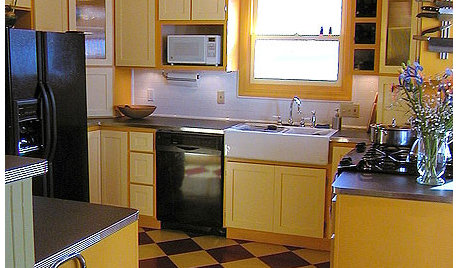
KITCHEN DESIGNKitchen Remodel Costs: 3 Budgets, 3 Kitchens
What you can expect from a kitchen remodel with a budget from $20,000 to $100,000
Full Story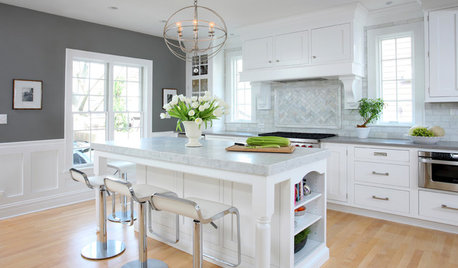
KITCHEN DESIGNHow to Add a Kitchen Backsplash
Great project: Install glass, tile or another decorative material for a gorgeous and protective backsplash
Full Story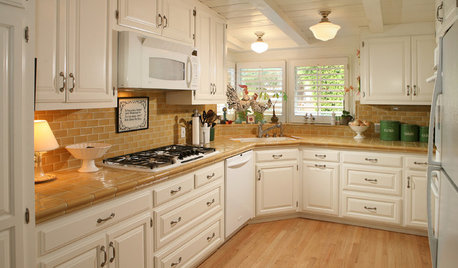
KITCHEN COUNTERTOPSKitchen Counters: Tile, the Choice for Affordable Durability
DIYers and budget-minded remodelers often look to this countertop material, which can last for decades with the right maintenance
Full Story
REMODELING GUIDESContractor Tips: What Your Contractor Really Means
Translate your contractor's lingo to get the communication on your home project right
Full Story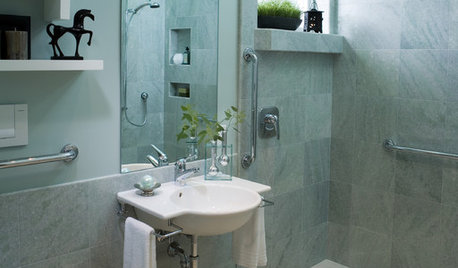
BATHROOM DESIGNHow to Design an Accessible Shower
Make aging in place safer and easier with universal design features in the shower and bathroom
Full Story
MOST POPULAR8 Questions to Ask Yourself Before Meeting With Your Designer
Thinking in advance about how you use your space will get your first design consultation off to its best start
Full StorySponsored
Columbus Area's Luxury Design Build Firm | 17x Best of Houzz Winner!
More Discussions






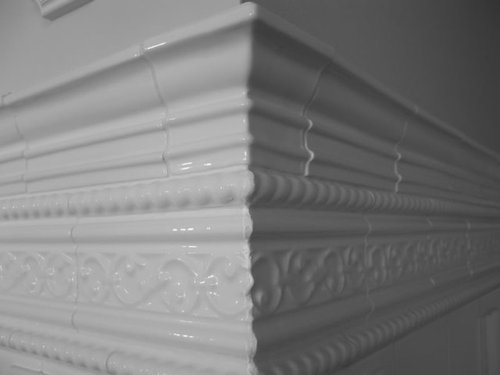


organic_donna
bill_vincent
Related Professionals
Beavercreek Kitchen & Bathroom Designers · Henderson Kitchen & Bathroom Designers · Piedmont Kitchen & Bathroom Designers · Glade Hill Kitchen & Bathroom Remodelers · Bloomingdale Kitchen & Bathroom Remodelers · Durham Kitchen & Bathroom Remodelers · Park Ridge Kitchen & Bathroom Remodelers · Wilmington Kitchen & Bathroom Remodelers · Wilson Kitchen & Bathroom Remodelers · Chantilly Glass & Shower Door Dealers · Homestead Glass & Shower Door Dealers · North Miami Glass & Shower Door Dealers · Burlington Cabinets & Cabinetry · Mount Pleasant Window Treatments · South Yarmouth Window TreatmentslabradoodleladyOriginal Author
bill_vincent
labradoodleladyOriginal Author
bill_vincent
bill_vincent
lwolff
MongoCT
labradoodleladyOriginal Author
MongoCT
organic_donna
bill_vincent
spanky67
MongoCT
bill_vincent